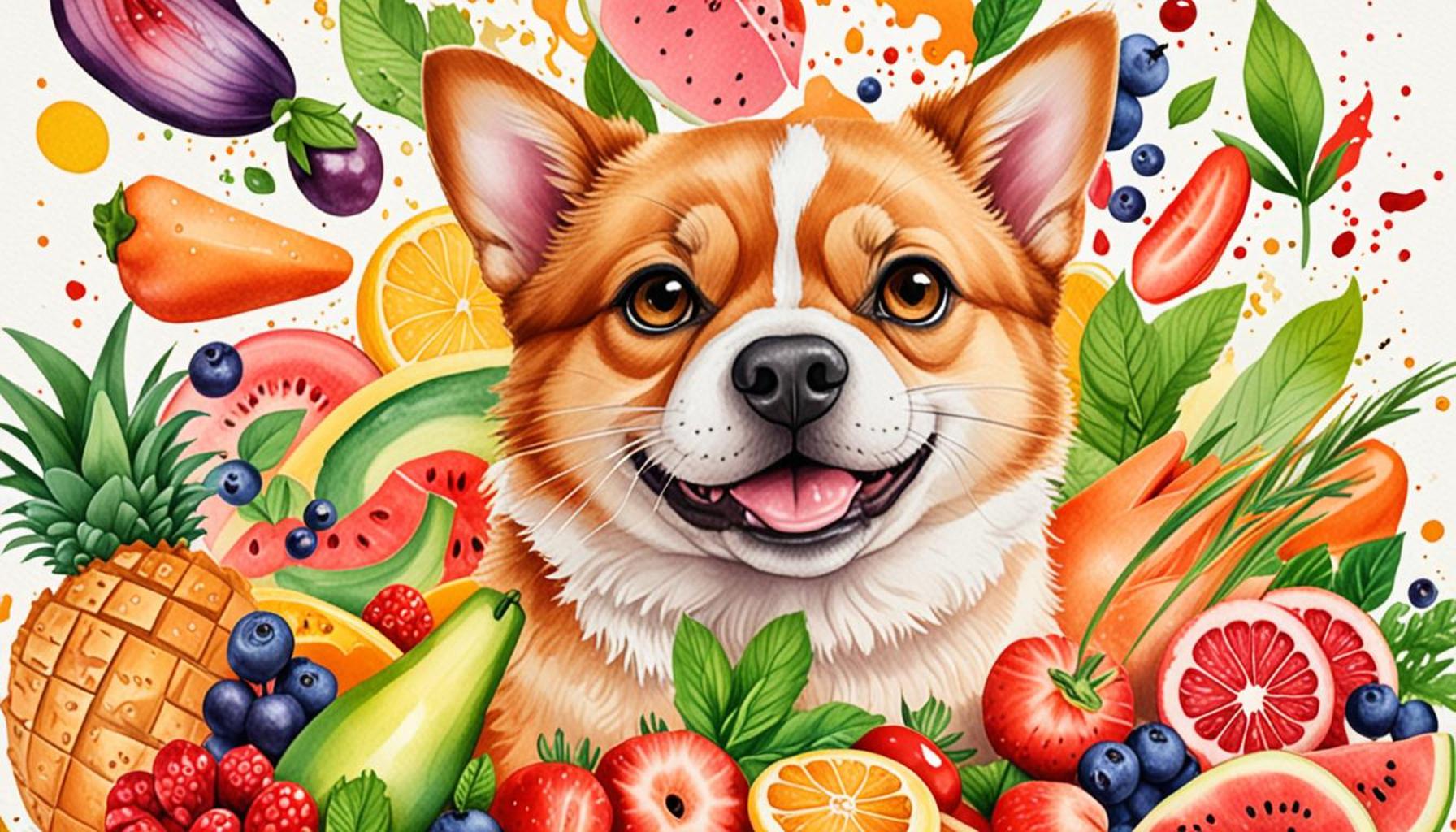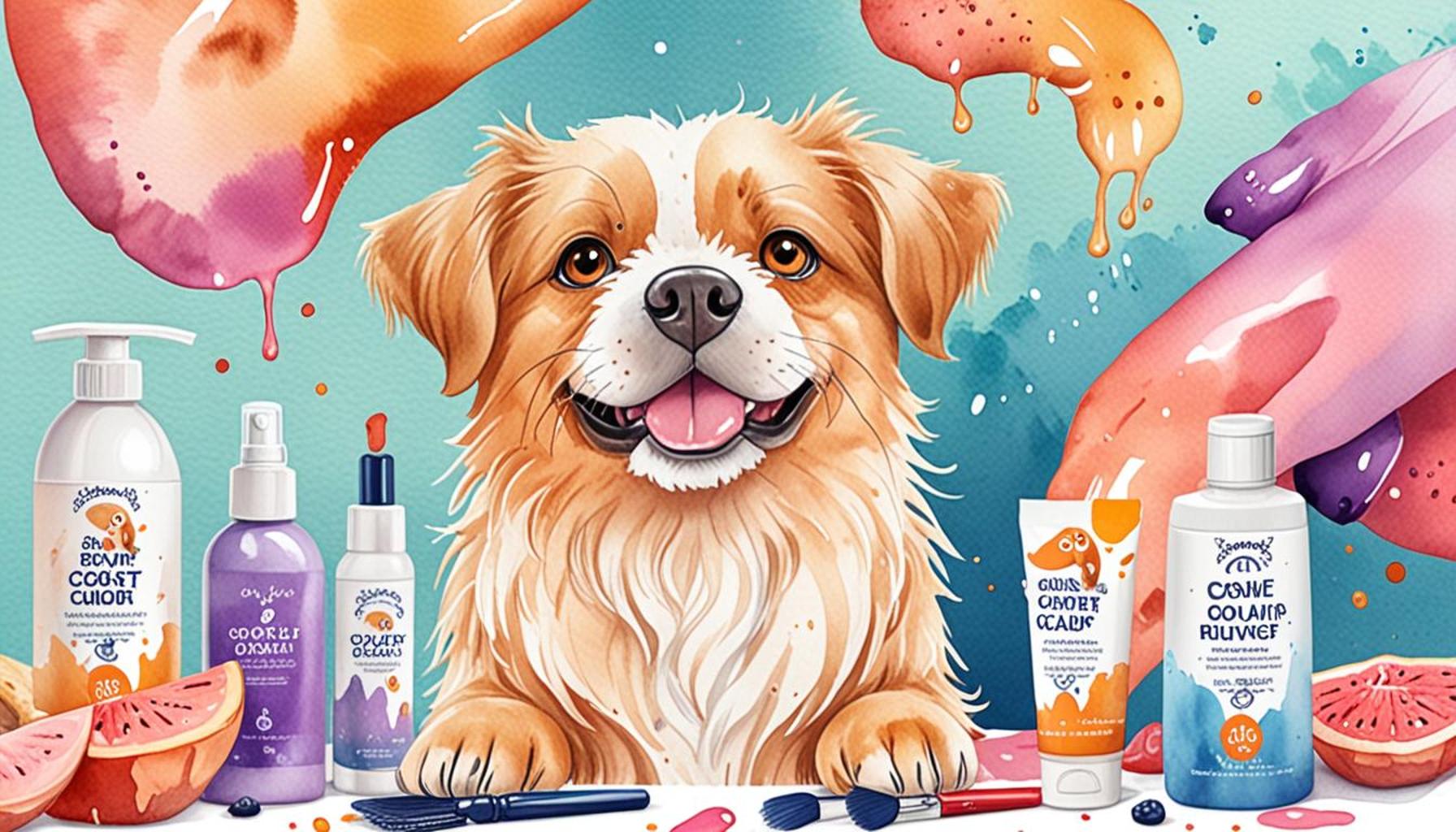Natural Food vs. Kibble: Which is the Best Option for Your Pet’s Health?

Exploring Pet Nutrition
The debate surrounding natural food versus kibble for pets has gained significant attention among pet owners. As more people prioritize their pets’ health, understanding the implications of each option is crucial. But what are the key differences that might affect your pet’s well-being?
Understanding Pet Food Options
- Natural food often includes fresh ingredients, whole meats, fruits, and vegetables. This form of nutrition tends to be rich in essential nutrients, vitamins, and minerals, largely lacking in artificial additives. For example, home-cooked meals for pets could consist of lean chicken, sweet potatoes, and green beans, which can offer a balanced diet and are easily digestible.
- Kibble, on the other hand, is a dry, processed pet food that provides convenience and longer shelf life. Kibble comes in various formulations that can cater to different breeds and dietary needs. However, pet owners might want to review the ingredient lists closely, as some brands include fillers like corn and soy that offer little nutritional value.
- Each option presents unique benefits and potential drawbacks, influencing your pet’s health, energy levels, and overall wellness. A study from the University of California found that pets fed natural diets often exhibit healthier skin and shinier coats, which can be attributed to high-quality ingredients and healthy fats.
Key Considerations for Your Pet
When choosing the right food for your furry companion, consider the following:
- Nutritional content: What vitamins and minerals are included? For instance, dogs require certain fatty acids for optimal health; thus, ensure that whichever option you choose is fortified with necessary nutrients.
- Ingredients: Are they high-quality or fillers? A good rule of thumb is that the first ingredient listed should be a named meat source, such as chicken or beef, rather than a vague term like “meat meal.”
- Your pet’s specific needs: Age, breed, and health conditions matter. Senior pets may need lower-calorie diets with joint-supporting elements, while active young breeds typically require higher protein levels to maintain their energy.
By thoroughly understanding these factors, pet owners can make informed decisions that cater to their pets’ unique requirements. The right dietary choices can lead to a happier, healthier life for your furry friends. With the wealth of information available today, investigating different food options and consulting with veterinarians can empower you to provide the best nutrition for your beloved pets.
DISCOVER MORE: Click here to find out how ergonomics can enhance your pet care experience
The Nutritional Breakdown: What’s Really in Your Pet’s Food?
In the quest for optimal pet health, the choice between natural food and kibble represents not just a dietary decision, but a pivotal consideration of your pet’s overall well-being. Each type of food comes with its own set of nutritional components, and understanding these differences can significantly influence your canine or feline friend’s health outcomes.

Nutritional Superiority of Natural Food
Natural pet food often garners attention for its holistic approach to nourishment. Composed largely of fresh, whole ingredients, these diets frequently lack artificial additives and fillers that can detract from nutritional value. Some of the most prominent benefits of natural diets include:
- Higher Nutritional Value: Natural foods tend to be abundant in essential fatty acids, amino acids, vitamins, and minerals. Ingredients like salmon oil, kale, and sweet potatoes can contribute to robust immune function and overall vitality.
- Digestibility: Pet owners commonly report notable improvements in digestion with natural foods. Ingredients that are minimally processed are often easier for pets to metabolize, which can lessen gastrointestinal issues such as bloating, diarrhea, or gas.
- Improved Vitality and Energy: Pets consuming a natural food diet frequently experience a spike in energy levels and physical performance. The absence of low-quality fillers means they receive concentrated nutrition, which can enhance not only activity levels but also overall mood and health.
Additionally, many natural pet food brands prioritize ethical sourcing and sustainability. For example, some companies focus on local ingredients, minimizing their carbon footprint and supporting local farmers, which becomes an added boon for environmentally-conscious pet owners.
The Versatility of Kibble
While kibble holds a cherished spot in many American households, its convenience sets it apart as the go-to choice for many pet guardians. This dry food format has been meticulously formulated to cater to a diverse range of dietary needs. An exploration of its benefits reveals a few key aspects:
- Convenience and Storage: Kibble is lightweight, easy to measure, and can be stored for extended periods without spoiling. For busy households, this characteristic is a significant advantage.
- Variety of Formulations: Numerous brands cater to specific dietary requirements, from weight management formulas to those designed for senior pets or those with special health considerations. For example, many major brands, such as Royal Canin or Hill’s Science Diet, offer breed-specific blends that contain tailored nutrients for particular breeds.
- Cost-Effectiveness: Kibble typically comes at a lower price point compared to premium natural options, making it accessible for many families. This affordability can be essential, especially for those with multiple pets.
However, it’s crucial to note that not all kibble is created equal. A significant portion contains low-quality fillers like corn, soy, and by-products, which may compromise nutritional quality over time. Research by the Association of American Feed Control Officials (AAFCO) highlights the importance of scrutinizing ingredient labels, as ingredients directly impact pet health and longevity.
Ultimately, the journey of choosing the right pet food doesn’t end with a mere label glance. It’s about understanding your pet’s unique needs and lifestyle requirements. While natural food may offer premium nutritional value, kibble’s convenience and affordability serve an important purpose in many households. Therefore, carefully evaluating options—considering your pet’s age, activity level, and health considerations—will empower you to make informed decisions that best support your furry companion’s health and happiness.
| Category | Key Features |
|---|---|
| Natural Food | Typically includes fresh ingredients, balanced nutrients, and minimal processing. |
| Nutritional Value | Often higher in vitamins, minerals, and omega fatty acids, leading to improved vitality. |
| Kibble | Convenient form, shelf-stable with a longer shelf life, and easy to measure. |
| Cost-Effectiveness | Generally more affordable, which can be a deciding factor for many pet owners. |
When considering the debate of Natural Food vs. Kibble, it’s essential to recognize that each option presents unique benefits for your pet’s health. Natural foods, rich in fresh ingredients and minimal processing, may provide a cornucopia of nutrients that promote a vibrant lifestyle. Many experts argue that pets thrive on diets high in vitamins, minerals, and essential fatty acids found in whole foods, which can translate to shinier coats and brighter energy.In contrast, kibble offers unmatched convenience, perfectly suited for busy pet owners who appreciate its long shelf life and ease of use. But, while kibble is budget-friendly and readily available, it’s crucial to scrutinize ingredients as some brands may contain fillers that don’t provide optimal nutrition.Understanding the nutritional content and the health implications of both options is paramount. Are the high-quality proteins and real vegetables in natural foods worth the extra cost? Or does the affordability and practicality of kibble make it the preferred choice despite possible deficiencies? These are the challenging questions many pet owners face in their quest for the healthiest choice for their beloved companions.
DISCOVER MORE: Click here to learn how to choose the best accessories for your pet’s health
Unveiling the Risks: The Drawbacks of Each Option
While both natural food and kibble offer unique benefits, they also present certain risks and potential drawbacks that pet owners should carefully consider. Understanding these risks is essential for making informed choices about your pet’s diet.
Concerns with Natural Food
Although natural food is often praised for its wholesome ingredients, there are challenges associated with these diets that can impact your pet’s health:
- Risk of Nutritional Imbalance: Preparing homemade or unbalanced natural diets can lead to nutritional deficiencies or imbalances. For example, a grain-free diet may lack essential carbohydrates needed for energy, while too much protein could stress a pet’s kidneys, especially in older animals.
- Perishability: One of the main challenges with natural food is that it typically spoils quickly due to the lack of preservatives. Keeping fresh ingredients may require a significant commitment to planning, shopping, and meal preparation, which may not be feasible for every pet owner.
- Potential Bacterial Contamination: Natural pet foods, especially raw diets, can pose a risk of bacterial contamination, such as Salmonella or E. coli. Proper food handling and hygiene practices are essential to mitigate these risks, which may not always be manageable for all pet owners.
Challenges with Kibble
On the other side of the spectrum, kibble—despite its convenience—comes with concerns that warrant attention from pet parents:
- Quality Variability: The market features a broad range of kibble brands, but not all are created equally. Some may include low-quality ingredients and excessive fillers that provide little nutritional value. This can lead to health issues over time, such as obesity or poor coat condition.
- Highly Processed Content: The manufacturing process for kibble often involves high heat, which can destroy essential nutrients and enzymes. Furthermore, some brands may include artificial flavorings and colors to enhance appearance and palatability, raising concerns about their long-term effects on pet health.
- Dental Health Considerations: While kibble is often promoted for its dental health benefits, research suggests that the actual mechanical cleaning effect may be minimal. Pets that solely rely on kibble may benefit from dental treats or additional methods for maintaining oral health to combat plaque and tartar buildup.
A Balanced Approach: Blending Diets
In light of the considerations surrounding both natural food and kibble, some pet owners are shifting towards a hybrid approach. Combining both options can potentially offer the best of both worlds—providing both nutritional diversity and practical convenience.
For instance, pet owners may choose to feed high-quality kibble while occasionally incorporating natural, fresh ingredients like vegetables, lean meats, or healthy fats to enrich their pet’s diet. This can create a more exciting and balanced nourishment routine that supports overall health without straying into extremes.
As the conversation continues around natural food vs. kibble, the ultimate decision lies in the individual pet’s needs and lifestyle. Understanding the various considerations surrounding each food option will empower pet owners to make informed choices tailored to their furry companions, ensuring they live vibrant and fulfilling lives.
DON’T MISS: Click here for essential tips
Final Thoughts: Navigating Your Pet’s Dietary Choices
In the debate of natural food vs. kibble, pet owners face a complex landscape of options, each with its unique benefits and challenges. The key takeaway is that there is no one-size-fits-all answer. The ideal diet for your pet will depend on various factors, including their age, health status, activity level, and even personal preferences.
As outlined, natural food can provide freshness and nutrient density but comes with potential downsides such as risk of nutritional imbalances and perishability. On the other hand, kibble offers convenience and greater shelf stability; however, the quality may vary significantly among brands, sometimes leading to unwanted ingredients and less nutritional value.
The emerging trend of a blended approach, combining both natural and kibble diets, is worth considering for those looking to emphasize nutritional diversity while still enjoying the convenience of commercially prepared food. By adopting this hybrid method, pet owners can tailor their pets’ meals to meet individual needs, enriching their diet with fresh ingredients while ensuring they receive the necessary nutrition from high-quality kibble.
Ultimately, it’s crucial to consult with a veterinarian or a pet nutritionist to establish a feeding plan best suited for your furry friend. By being proactive and informed about the choices available, you can pave the way for a healthier, happier life for your pet while navigating the natural food vs. kibble discussion with confidence.


